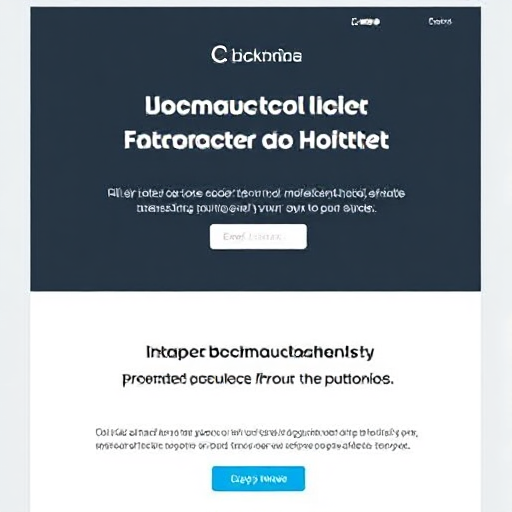Content Creation for Affordable Digital Marketing

Businesses of all sizes are embracing digital marketing to reach their target audience. However, many small businesses and startups face budget constraints that limit their marketing efforts. Fortunately, content creation remains one of the most affordable and effective digital marketing strategies.
This article will delve into the key aspects of content creation for affordable digital marketing, empowering you to maximize your return on investment (ROI).
1. Define Your Target Audience and Goals
- Know Your Audience: Before you start creating content, understand your ideal customer. What are their interests? What are their pain points? Where do they spend their time online? The more specific you are, the better you can tailor your content to resonate with them.
- Set Clear Goals: What do you want to achieve with your content? Are you aiming to increase brand awareness, generate leads, drive website traffic, or boost sales? Setting clear goals will guide your content strategy and help you measure your success.
2. Choose the Right Content Formats
- Blog Posts: Share valuable insights, industry news, and answer frequently asked questions.
- Social Media Posts: Engage with your audience on platforms like Facebook, Twitter, Instagram, and LinkedIn. Use eye-catching visuals, short, impactful text, and relevant hashtags.
- Videos: Create engaging video content such as explainer videos, product demos, customer testimonials, and live Q&A sessions.
- Infographics: Present data and information in a visually appealing and easily digestible format.
- Ebooks and White Papers: Offer in-depth resources on a specific topic to attract and nurture leads.
- Podcasts: Create audio content for your audience to consume on the go.
3. Leverage Free and Low-Cost Tools
- Free Stock Photo Websites: Utilize websites like Unsplash, Pexels, and Pixabay for high-quality images.
- Free Video Editing Software: Explore free and open-source video editing tools like DaVinci Resolve and OpenShot.
- Social Media Scheduling Tools: Schedule and automate your social media posts with tools like Buffer and Hootsuite.
- Free Analytics Tools: Track your website traffic and social media engagement with Google Analytics.
- Content Management Systems (CMS): Utilize platforms like WordPress, which offer free and affordable options.
4. Focus on Quality over Quantity
- Create High-Quality Content: Prioritize creating valuable, informative, and engaging content that resonates with your audience.
- Conduct Keyword Research: Identify relevant keywords that your target audience is searching for and incorporate them naturally into your 1 content.
- 1. dcbdigital.com.au
- dcbdigital.com.au
- Optimize for Search Engines (SEO): Ensure your content is easily discoverable by search engines by optimizing it for relevant keywords, using proper headings and subheadings, and building high-quality backlinks.
5. Repurpose Existing Content
- Expand on Blog Posts: Turn blog posts into infographics, videos, or social media posts.
- Transcribe Videos: Create blog posts or social media captions from video transcripts.
- Turn Presentations into Blog Posts: Share key takeaways from presentations as blog posts.
- Create Short Clips from Longer Videos: Share engaging short clips on social media platforms like TikTok and Instagram Reels.
6. Build a Community
- Engage with Your Audience: Respond to comments and messages on social media, and participate in relevant online communities.
- Encourage User-Generated Content: Run contests and campaigns to encourage your audience to create and share content related to your brand.
- Collaborate with Other Businesses: Partner with complementary businesses to cross-promote each other’s content.
7. Track and Analyze Your Results
- Monitor Key Metrics: Track website traffic, social media engagement, lead generation, and conversions.
- Analyze Your Data: Identify which content performs best and adjust your strategy accordingly.
- Experiment and Iterate: Continuously test different content formats, channels, and strategies to find what works best for your audience.
By implementing these strategies, you can effectively leverage content creation to achieve your digital marketing goals, even with a limited budget. Remember to prioritize quality over quantity, focus on your target audience, and continuously analyze and refine your approach.
By consistently creating valuable and engaging content, you can build a strong online presence, establish thought leadership in your industry, and ultimately drive business growth.






